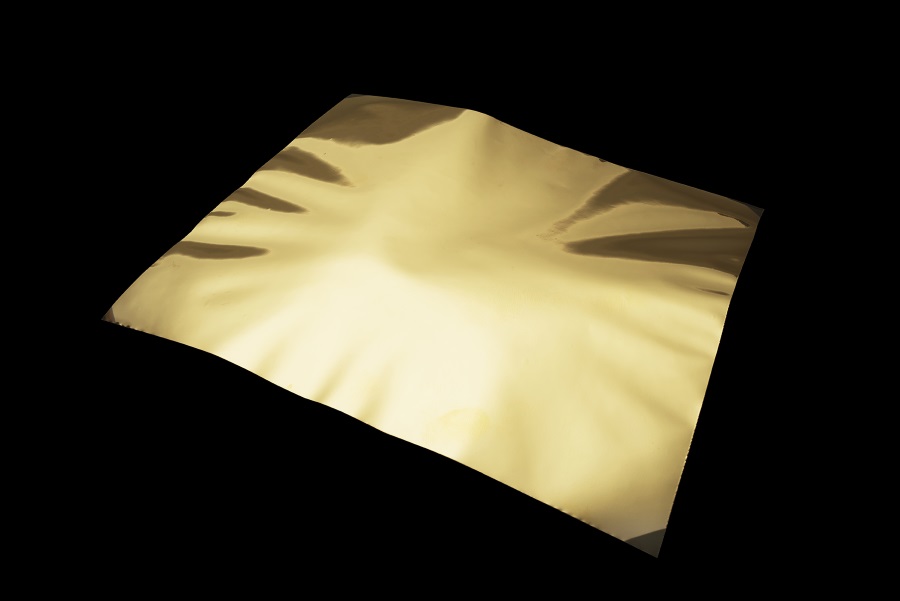Home » Products » Piezo-electric materials » PVdF
PVdF
PVdF is one of the most widely known piezo-polymers, exhibiting strong piezo- and pyro-electric response, and has an acoustic impedance much closer to water than conventional piezo-ceramic materials.



